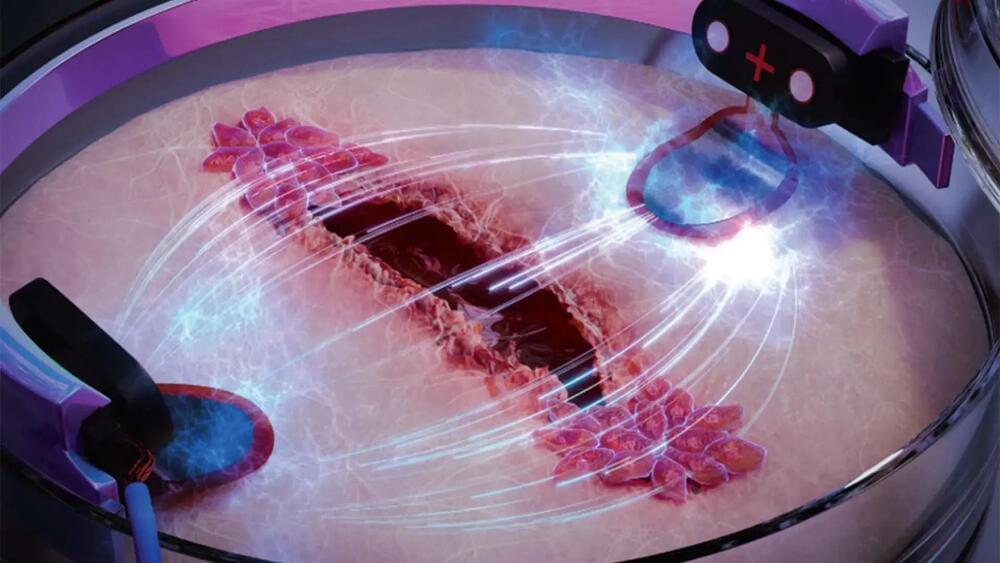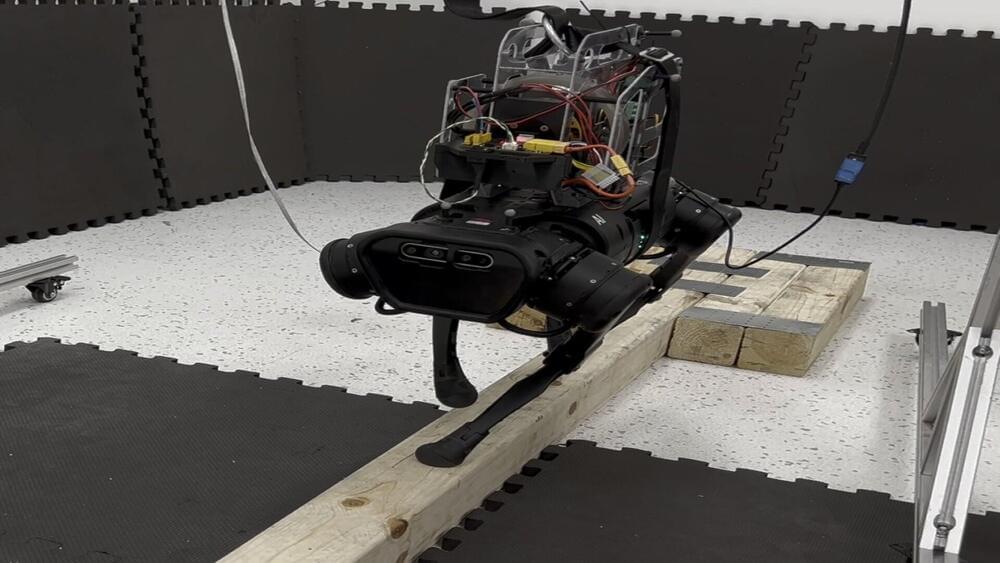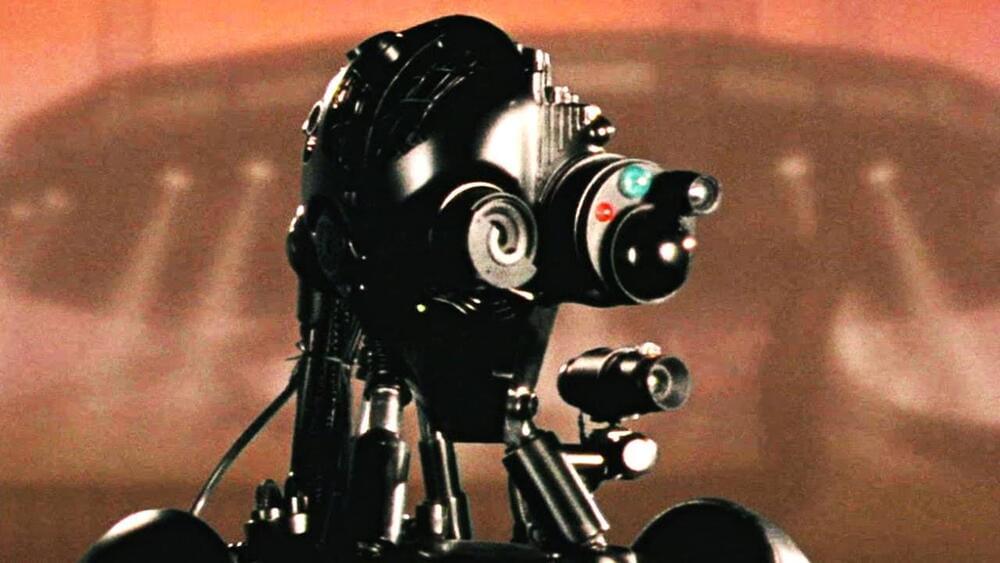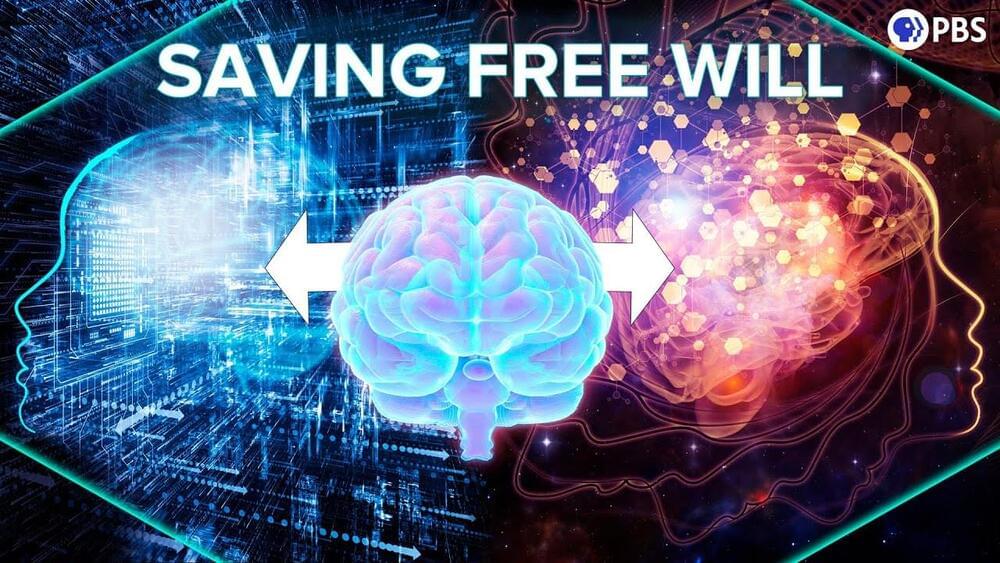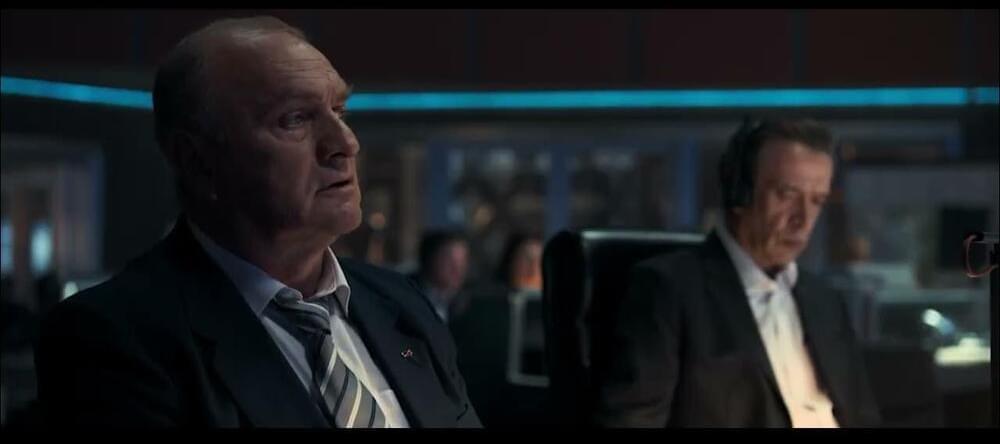Multi-genome assemblies called pangenomes can capture genetic diversity in a species, but researchers are still working out how best to build and explore them.
Offset your carbon footprint with confidence with Wren–the first 100 people to sign up will have one month of emissions offset for free: https://wren.co/start/isaacarthur.
In order to reach the stars we will need vastly more powerful engines for our spacecraft than modern rockets offer. Fortunately, when it comes to possible ship drives, the sky is not the limit.
Visit our Website: http://www.isaacarthur.net.
Join Nebula: https://go.nebula.tv/isaacarthur.
Support us on Patreon: https://www.patreon.com/IsaacArthur.
Support us on Subscribestar: https://www.subscribestar.com/isaac-arthur.
Facebook Group: https://www.facebook.com/groups/1583992725237264/
Reddit: https://www.reddit.com/r/IsaacArthur/
Twitter: https://twitter.com/Isaac_A_Arthur on Twitter and RT our future content.
SFIA Discord Server: https://discord.gg/53GAShE
Listen or Download the audio of this episode from Soundcloud: Episode’s Audio-only version: https://soundcloud.com/isaac-arthur-148927746/advanced-space…compendium.
Episode’s Narration-only version: https://soundcloud.com/isaac-arthur-148927746/advanced-space…ation-only.
Credits:
Advanced Spaceship Drive Compendium.
Episode 388, March 30, 2023
Produced & Written by: Isaac Arthur.
Narrated by:
Isaac Arthur.
Sarah Fowler Arthur.
Editors:
Summary: Listening to or practicing music had positive implications on cognitive decline in older adults by stimulating the production of gray matter in key brain areas, a new study reveals.
Source: University of Geneva.
Normal aging is associated with progressive cognitive decline. But can we train our brain to delay this process?
WangAnQi/iStock.
But now we’re learning that researchers in Sydney may have found a way to tackle this issue.
Scientists used an old theory to develop a new technique that involves exposing skin cells to an electric field to make the wounds on the skin heal faster.
Researchers from Chalmers Insitute of Technology (CTH) and the University of Freiburg have proposed an interesting technique that enables chronic wounds to heal faster than ever.
Medical conditions like diabetes, cancer, disturbed blood circulation, and spinal injuries can sometimes impair our body’s natural ability to heal wounds. Patients who live with such conditions often experience wounds that don’t heal.
Researchers use a reaction wheel actuator system to make a quadruped robot walk on a narrow balance beam.
A team of researchers at Carnegie Mellon University’s Robotics Institute (RI) has created a method that enables a quadruped robot to walk on a narrow balance beam.
Their solution involves implementing a Reaction Wheel Actuator (RWA) system, which is mounted on the back of the quadruped robot. Through a novel control technique, the RWA system enables the robot to balance independently, irrespective of the position of its feet. To enhance the robot’s balancing capabilities, the team leveraged hardware that is commonly used to control satellites in space.
Magnetic resonance imaging (MRI) is how we visualize soft, watery tissue that is hard to image with X-rays. But while an MRI provides good enough resolution to spot a brain tumor, it needs to be a lot sharper to visualize microscopic details within the brain that reveal its organization.
In a decades-long technical tour de force led by Duke’s Center for In Vivo Microscopy with colleagues at the University of Tennessee Health Science Center, University of Pennsylvania, University of Pittsburgh and Indiana University, researchers took up the gauntlet and improved the resolution of MRI leading to the sharpest images ever captured of a mouse brain.
Coinciding with the 50th anniversary of the first MRI, the researchers generated scans of a mouse brain that are dramatically crisper than a typical clinical MRI for humans, the scientific equivalent of going from a pixelated 8-bit graphic to the hyper-realistic detail of a Chuck Close painting.
Every other Wednesday we present a new video, so join us to see the truth laid bare…
Machines are evolving 10 million times faster than we are. Are you ready for robots that run our homes, watch our neighborhoods and even fight our wars? One day in the not too distant future, robots will travel to the far reaches of the universe, they will be the first to colonise new worlds. Robots will lead the way in the exploration of deep space.
Robots, machines of our nightmares, or servants of man? In the 1930s film Metropolis the robot was an evil character, it represented our darkest fears. By the 1950s they had become even more sinister and powerful, but over that last few decades our opinions of robots have dramatically changed, they’ve been reinvented as the police force of the future. But can real robots match the exploits of their celluloid cousins?
While the movies were creating ruthless men of steel, real robots were starting their own painful march into the world. Robots are still basic but over the past few decades they have advanced enormously. Before robots can become the masters of the universe, or even the servants of mankind, they need to accomplish one important thing, they need to move around.
This 1999 documentary includes interviews with prominent roboticists and artificial intelligence specialists. Beginning with robot locomotion and historical clips of ingenious experiments from MIT’s Leg Laboratory, BigDog’s ancestors dynamically walk, hop, trot, and perform impressive gymnastics. To find out the best way for a robot to move around the scientists look to nature. There have been many attempts to copy nature, some successful, others less than perfect.
PBS Member Stations rely on viewers like you. To support your local station, go to: http://to.pbs.org/DonateSPACE
↓ More info below ↓
Sign Up on Patreon to get access to the Space Time Discord!
https://www.patreon.com/pbsspacetime.
Physicists have a long history of sticking our noses where they don’t belong — and one of our favorite places to step beyond our expertise is the question of consciousness and free will. Sometimes our musings are insightful, sometimes incoherent, and usually at least somewhat naive. Which a fair description of this show, so of course Space Time needs to weigh in physics and free will…
Check out the Space Time Merch Store.
https://pbsspacetime.com/
Sign up for the mailing list to get episode notifications and hear special announcements!
https://mailchi.mp/1a6eb8f2717d/spacetime.
Hosted by Matt O’Dowd.
THE CHALLENGE First trailer EN
Posted in biotech/medical, space
THE CHALLENGE, FIRST FEATURE FILM SHOT IN SPACE: Thoracic surgeon Evgenia Belyaeva has one month to prepare for a flight to the International Space Station, where she must operate on a crew member. Will she be up for the challenge? Can she overcome her fears and insecurities? Will she be able to perform the complicated surgery in zero gravity, and give the cosmonaut a chance to return to Earth alive?
The Russians have long been at the forefront of scientific and technological innovation. With the historic launch of Yuri Gagarin into space in 1961, they made history by becoming the first country to send a human being into orbit. Decades later, they have once again made headlines by being the first in the world to develop a COVID-19 vaccine, a remarkable achievement in the face of a global pandemic. And now, they have again beaten everyone else by shooting the first-ever movie in space.
Watch the trailer:
#TheChallenge #FirstMovieShotinSpace




